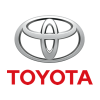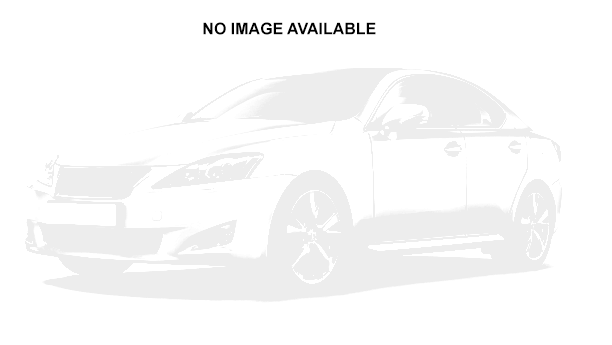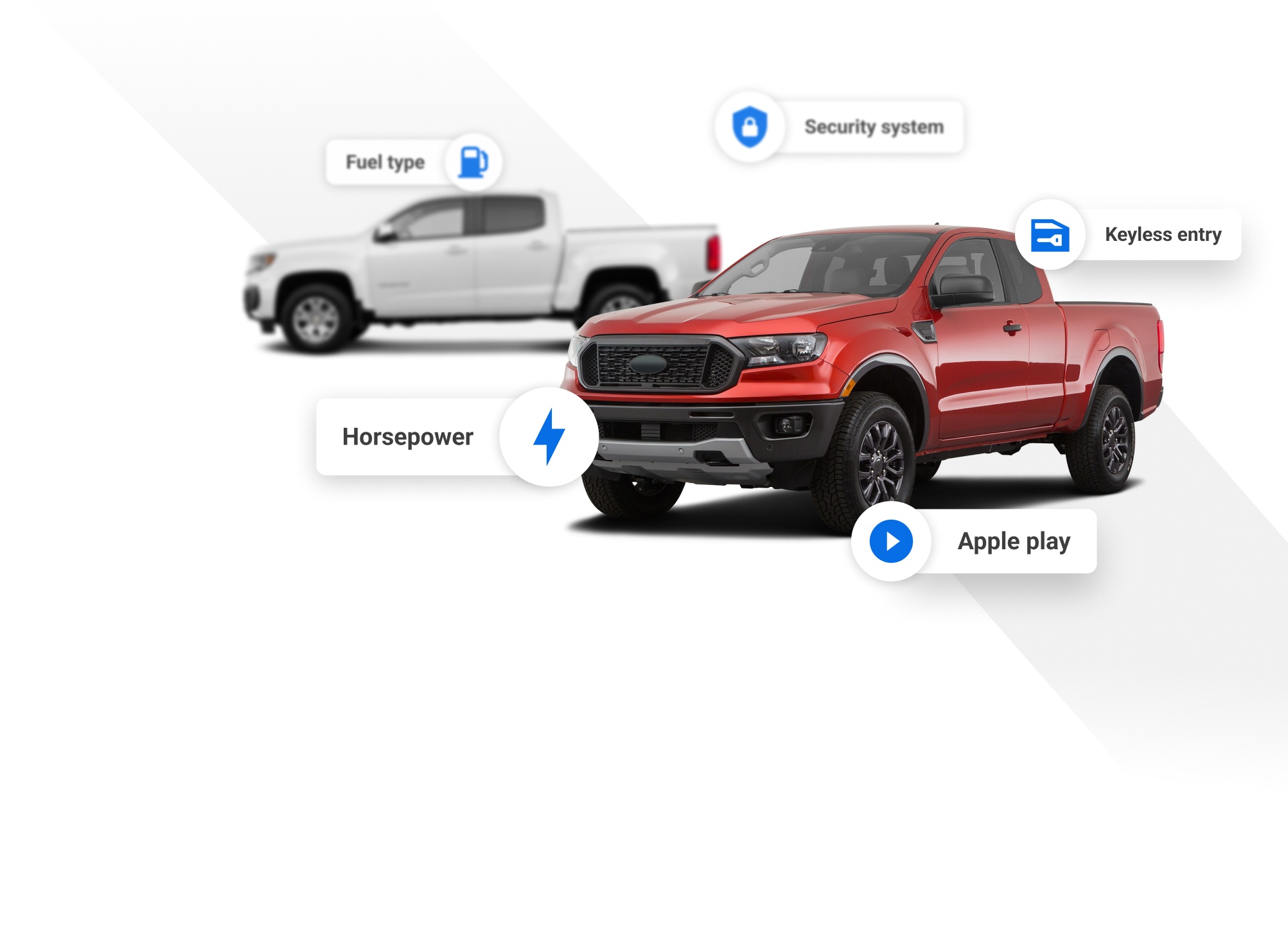
2005 Toyota Tundra


Key Specifications for 2005 Toyota Tundra






Buyer’s Guide
Due for an upcoming makeover – Toyota is building a new plant in Texas to accommodate it – the Tundra receives minor trim changes for 2005. The big news is extra muscle. 2004’s 3.4-litre V6 has been replaced by the 4.0-litre V6 that also powers the newly redesigned 2005 Tacoma, while the 4.7-litre V8 that made 245 hp in 2004 now produces 282 hp. Both also get a five-speed automatic transmission, upgraded from 2004’s four-speed.
The Tundra is available in three models: a regular cab, Access Cab with two rear-hinged doors, and the Double Cab, with two rear independently-opening doors. Regular-cab models come with an eight-foot bed; all others are six-footers. All models are available in two- or four-wheel-drive. All models come very well equipped; the only options are off-road packages for the 4x4 models.
The 4x2 regular cab is the only model with the V6 (it can’t be optioned up to the V8). It includes air conditioning, CD player with four speakers, front bench seat, sliding rear window, tilt wheel, vinyl floor, 16-inch steel wheels, and variable intermittent wipers.
In 4x2 configuration, the Access Cab and Double Cab add the V8, CD player with six speakers, rear seat heater ducts, front captain’s seats with 60/40 split rear bench (they fold and tumble in the Double Cab), power locks with keyless entry, power windows, tachometer, carpeting with floor mats, cruise control, power heated mirrors, fog lamps, alloy wheels and privacy glass. The Double Cab also comes with a power sliding rear window.
Features are similar on the 4x4 Access Cab and Double Cab; both also come in a top-of-the-line Limited edition that adds power driver’s seat, six-CD changer with wheel-mounted audio controls, leather-wrapped steering wheel, passenger folding armrest, woodgrain trim, front centre console box, 17-inch aluminum wheels, and chrome bumpers.
As with all Toyota trucks, the Tundra offers truck toughness with the refinement of a passenger car. Although it will undoubtedly put on some pounds with its upcoming redesign, the 2005 version is smaller than most of the steroid-pumped domestic trucks. That’s not a bad thing; not everyone needs a tractor-trailer. The Tundra’s smaller size and lack of monster torque means Ford and Dodge aren’t looking over their shoulders (yet) when it comes to the heavy-duty work crowd, but for everyday hauling, the Tundra fits the bill.
The Tundra is built in Princeton, Indiana.
Review & Compare:
Photos
No content available
AutoTrader Review


This vehicle has not yet been reviewed






